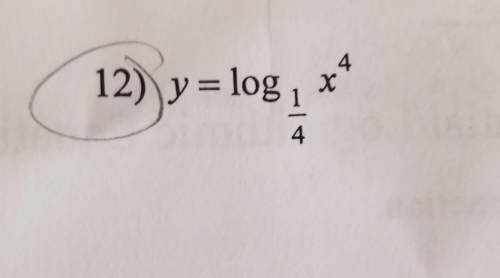
Mathematics, 23.11.2019 05:31, emmagbales
The acceleration due to gravity, g, is given by g=gmr2, where m is the mass of the earth, r is the distance from the center of the earth, and g is the uniform gravitational constant.
(a) suppose that we increase from our distance from the center of the earth by a distance δr=x. use a linear approximation to find an approximation to the resulting change in g, as a fraction of the original acceleration: δg≈ g× (your answer will be a function of x and r.)
(b) is this change positive or negative? δg is (think about what this tells you about the acceleration due to gravity.)
(c) what is the percentage change in g when moving from sea level to the top of mount elbert (a mountain over 14,000 feet tall in colorado; in km, its height is 4.29 km; assume the radius of the earth is 6400 km)? percent change =1

Answers: 2
Other questions on the subject: Mathematics

Mathematics, 21.06.2019 12:30, lnbrown9018
An arrow is shot vertically upward at a rate of 180ft/s. use the projectile formula h=−16t2+v0t to determine at what time(s), in seconds, the arrow is at a height of 420ft. round your answer(s) to the nearest tenth of a second.
Answers: 1


Mathematics, 21.06.2019 18:00, CarQuestionl506
If a translation of t-3,-8(x, y) is applied to square abcd what is the y-coordinate of b'? the y-coordinate of is 43 mark this and return save and exit next submit
Answers: 1
Do you know the correct answer?
The acceleration due to gravity, g, is given by g=gmr2, where m is the mass of the earth, r is the d...
Questions in other subjects:



English, 01.04.2020 20:03


History, 01.04.2020 20:03
























